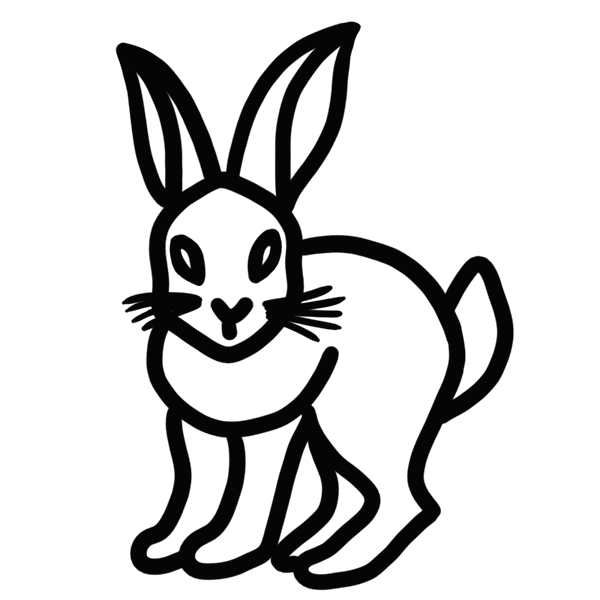Coins, Wine and Tea
The Coin Trick
Some years ago a colleague performed the following trick. First he put on a blindfold. Then he asked me to take the coins out of my pocket, shake them up, dump them on the table, and tell him how many heads there were. There were in fact 8 coins, 3 of which were heads.
He then said that, without taking off the blindfold, he would make two piles of coins with the property that the two piles had the same number of heads. He added that he might want to turn some of the coins over.
That didn’t seem possible, but that’s exactly what he did. There were in fact 2 heads in each pile.
This is a good grade 9 task. The Ontario curriculum (MTH1W) lists this as an important outcome:
· illustrate their mathematical understanding in various ways, such as with diagrams and representations
When I do this trick in class I always wear a blindfold. It adds to the effect and makes the trick memorable. They always ask me to do it once or twice more and then they start to see the pattern.
But then the task I give them is to design and construct a graphical solution to the problem—a diagrammatic story that makes it clear why the method always works. I add to these instructions that I want them to focus on simplicity and elegance. I want the diagram to be a work of art. This is a good type of task for group work.
This problem ought to be done in conjunction with the following classic:
In fact this problem turns out, in an essential way, to be isomorphic to the coin trick.
That’s at first quite surprising, but once you see it, it’s quite delightful. The two piles of coins are, indeed, the barrel and the tea cup.
The wine barrel and the tea cup.
This problem came from a 1997 interview with the mathematician Vladimir Arnol’d.
Arnol’d: The Russian mathematical tradition goes back to the old merchant problems. Very young children start thinking about such problems even before they have any knowledge of numbers. Children five to six years old like them very much and are able to solve them, but they may be too difficult for university graduates, who are spoiled by formal mathematical training. A typical example is:
You take a spoon of wine from a barrel of wine, and you put it into your cup of tea. Then you return a spoon of the (nonuniform!) mixture of tea from your cup to the barrel. Now you have some foreign substance (wine) in the cup and some foreign substance (tea) in the barrel.
Which is larger at the end of your manipulations: the quantity of wine in the cup or the quantity of tea in the barrel?
And again the objective is to produce an elegant and insightful diagram.
Curriculum Expectations
A1. Mathematical Processes
A2. Making Connections


